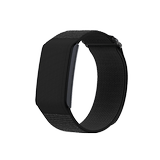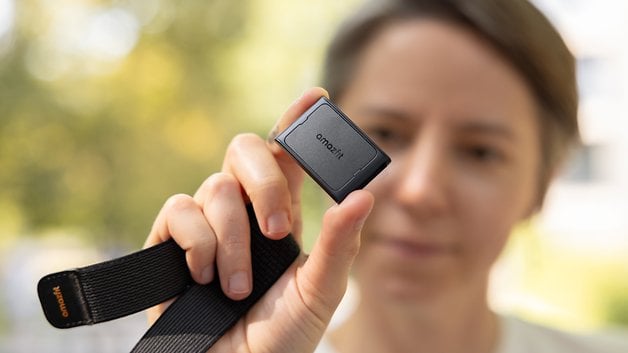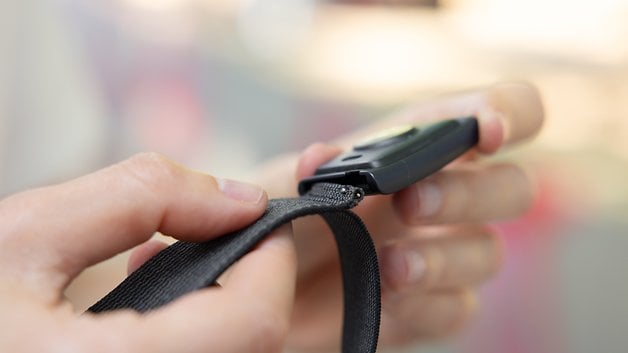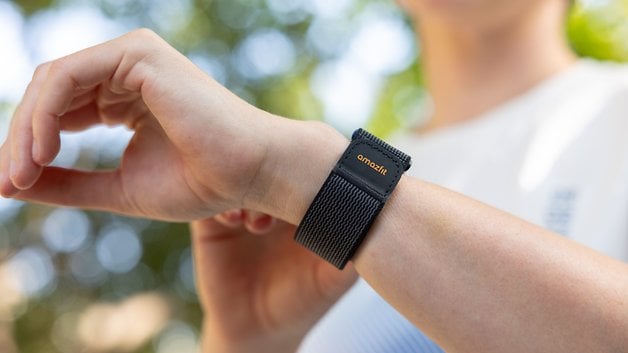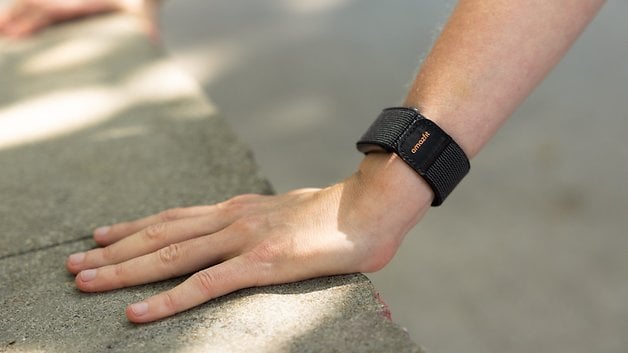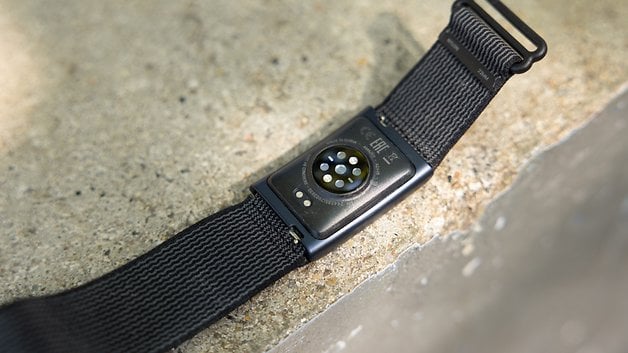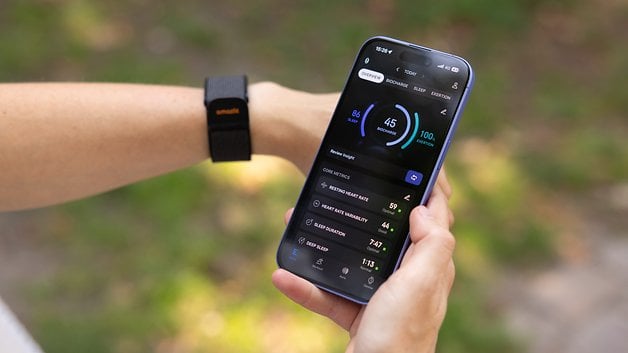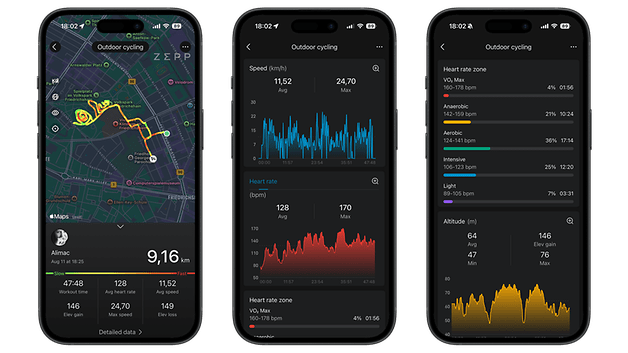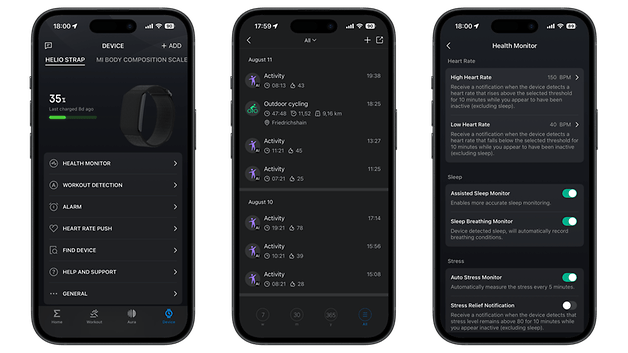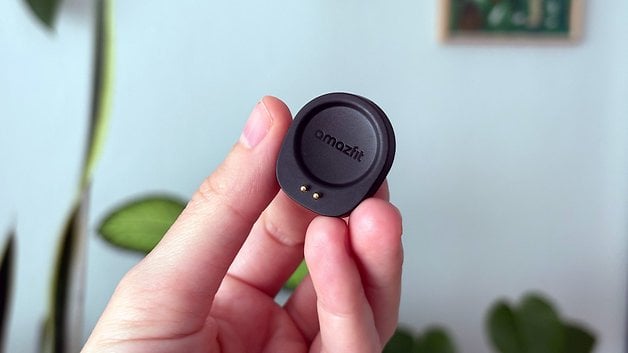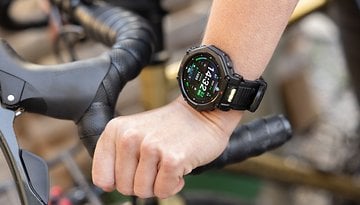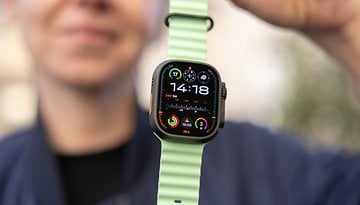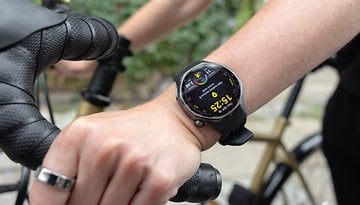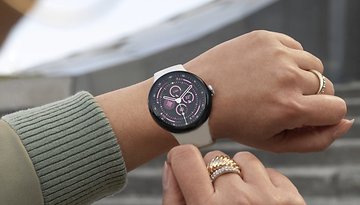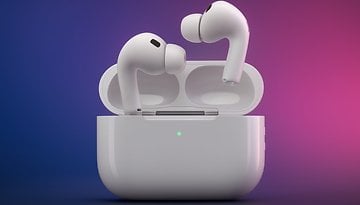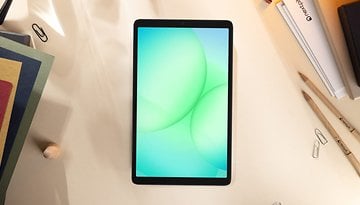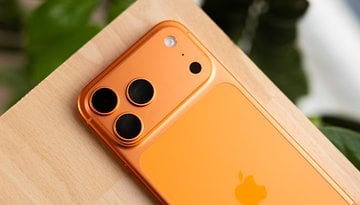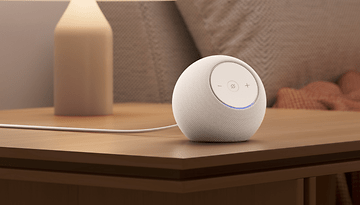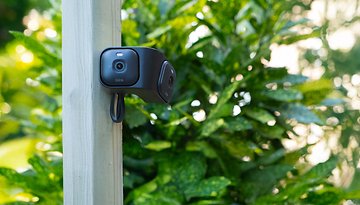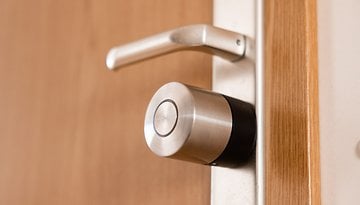Amazfit Helio Strap Review: Affordable, Reliable, but Not Without Flaws
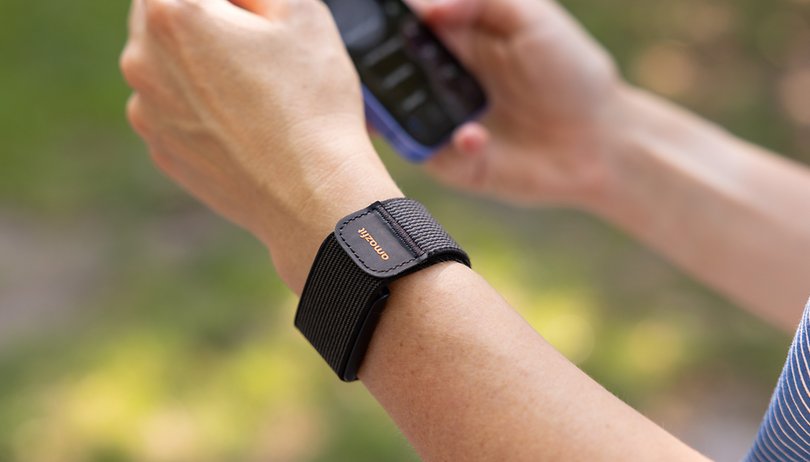

Read in other languages:
The Amazfit Helio Strap stands out for two key reasons: its reliable hardware and an affordable price. During my testing, one question kept coming back. Is solid hardware and an accessible price enough to truly help you manage your health? Let’s find out in this Amazfit Helio Strap review.
Good
- Accurate heart rate tracking
- Lightweight and comfortable
- Long battery life (~10 days)
- Sleep scores on par with premium devices
- Affordable
Bad
- App design heavily borrows from rivals
- Limited, inaccurate auto-activity recognition
- Privacy concerns
- Phone needed for GPS
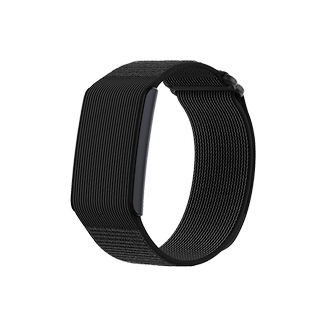
Amazfit Helio Strap Design and Comfort
Screenless and extremely light, the Helio Strap is essentially a small pod containing an array of sensors. Amazfit sells it with different strap options, from wrist to biceps. I tested the standard band, made of nylon with a plastic buckle and hook-and-loop fastener. At only 20 grams, it is so light that you sometimes forget you are wearing it.
It is available in black and white/gray. The attachment mechanism uses a standard 22 mm connector, so even though Amazfit does not currently offer many strap options, you can use compatible bands available on the market. This offers an affordable and easy way to customize the Helio Strap to match your style.
On the back, there is a biometric sensor for health tracking and two pogo pins for charging.
Since there is no screen, the device relies on a vibration motor for alerts and alarms. It could be stronger, but even the gentle vibration was enough to wake me up in the morning. It is also useful for reminders, such as taking supplements.
For durability, the Helio Strap has a 5 ATM water resistance rating, which means it can be used up to 50 meters underwater. It is suitable for splashes, snow, showering, and swimming. However, it is not recommended for hot showers or saunas, as steam can affect the seals and reduce water resistance over time.
Sensors and Accuracy
At the center of the Helio Strap is a PPG sensor with five photodiodes and two LEDs. The PPG system shines light into your skin and measures changes in blood flow to track metrics such as heart rate and sleep. Having multiple photodiodes and LEDs improves accuracy and allows for more versatile health tracking. The strap also includes motion sensors like an accelerometer, a gyroscope, and a temperature sensor.
I tested the Helio Strap alongside my Wahoo chest strap, and the results were very close, even during cycling and running, where arm movement is more intense. Both activities were recorded directly on the iPhone 16 paired with the strap, using the phone’s GPS.

The Helio Strap offers activity auto-recognition, but it is limited. It often fails to identify the exact type of activity, labeling sessions simply as “Activities,” which is not very helpful. Amazfit says it provides smart recognition of strength training exercises within the Strength Training sport mode. I did not test this feature, but according to Amazfit, 25 exercises can be recognized at launch, including bodyweight squats, dumbbell flys, and pull-ups.
In short, if you want more detailed analysis and GPS information, you will need to start the activity on your phone. You can rename activities afterward, but only the label changes—no additional metrics are added, which can be frustrating.
On the positive side, the Helio Strap can broadcast real-time heart rate data to compatible cycling computers, fitness equipment, and other fitness apps, which is a nice addition.
Regarding sleep metrics, I have already written an article on that topic, and I suggest you read it to get a better understanding of how it compares to big players like Whoop and Oura. Overall, you can trust the sleep score that the Helio Strap assigns to your nights. In my reviews, I use the Oura Ring 4 (review) as my reference device, and the Amazfit managed to deliver sleep scores close to the more expensive wearable. In a more subjective test, it also managed to reflect how I felt each morning, which is a plus in my book.
When it comes to more granular analysis, such as sleep stages or latency, the app could perform much better. However, the general score that influences other metrics in the app, like BioCharge, can be trusted.
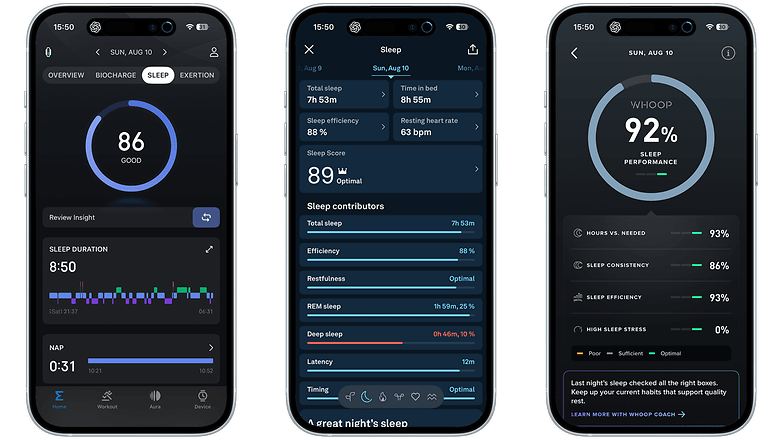
To wrap up, in terms of hardware, the Amazfit Helio Strap delivers readings close to chest straps when using its PPG sensor, and its sleep scores are trustworthy. It is a reliable sensor overall, but remember to carry your phone during workouts if you want more detailed data.
Software, Wellness, and Fitness
The biggest problem with the Amazfit Helio Strap is its software. Amazfit devices work with the Zepp app, which clearly lacks originality. In the past, the app leaned heavily on Garmin’s features and user interface. Now, it borrows a lot from the Whoop app. In the Amazfit GTR 4 review, my colleague Stefan Möllenhoff noted that some UI elements “looked like a 1:1 copy of the Garmin app.” After the latest UI update, it feels like they have borrowed even more from Whoop.
Although the user interface is clear and straightforward, some metrics feel vague and overly general. Take BioCharge, for example. This metric tracks changes in body energy throughout the day. You start with a high number in the morning and end with a low number at night. For me, this offers little value since it is obvious that we generally begin the day more rested than we end it. The Exertion metric, which increases over the day, has a similar issue. If I commute by bike, I can reach 100 percent exertion by noon. It is too easy to max out, especially when the strap counts small movements, like walking around while talking on the phone, as activities.
Amazfit based its algorithm on Training Impulse (TRIMP) and training load theories. While these can be effective approaches, the way they are presented in the app feels a bit too simplistic to me. With Whoop, I learned that my daily workout intensity impacts my recovery the next day through changes in my heart rate variability. That makes sense, because my body is still recovering. This helps me adjust my training and recovery balance. Amazfit’s approach does not provide the same depth. I preferred the Readiness score on the T-Rex 3 I tested last year, which worked similarly to Whoop’s Recovery metric. For me, the BioCharge concept simply does not deliver the same clarity.
On the positive side, Amazfit releases software updates every two weeks, which helps improve the platform over time. On the negative side, the company is not very transparent about privacy. In a recent study on data security and privacy, Amazfit ranked alongside Xiaomi at the bottom of a list of 17 companies.
In the end, the Helio Strap is an affordable device that can track heart rate with accuracy comparable to high-end devices, but its software limitations and privacy concerns are worth noting. At 99 dollars, there is a lot to like, but also some significant drawbacks.
Finally, although Zepp offers the Zepp Coach AI feature on some devices, the Helio Strap does not support it.
Battery life and charging
The Helio Strap has a 232 mAh battery, and according to Amazfit it can last up to 10 days on a single charge. After seven days of continuous use, mine still had 35 percent left. Based on my usage, wearing it 24/7, cycling 150 km, and keeping all measurements active, Amazfit’s claim seems real. That is an exceptional amount of time unplugged, especially for such a light and unobtrusive device.
However, charging is where you notice some cost-cutting. The Helio Strap comes with a small magnetic charging head with a USB-C port but no cable. It is tiny and easy to misplace if you are not careful. Since this charger is specific to the Helio Strap, losing it means you will need to buy a replacement.
That said, I have not yet charged the Helio Strap from zero to 100 percent, but Amazfit says it can fully recharge in under two hours. Needing to do it only once every 10 days hardly feels like a nightmare.
Should You Buy the Amazfit Helio Strap?
As I mentioned at the beginning, are solid hardware and an accessible price enough to truly help you manage your health?
The Amazfit Helio Strap has many positive aspects. If you are looking for a screenless device that will not break the bank and can give you more data on your fitness and health, it is a solid option. However, the Zepp app lacks originality, and there are privacy concerns you should keep in mind.
Much of the Helio Strap’s popularity comes from comparisons with the Whoop 5.0 and MG devices. Let me be clear: while they may look similar, they are very different. Amazfit does not offer the same level of software integration, science-based features and algorithms, or the research-backed approach that Whoop provides.
The Helio Strap has more in common with budget-friendly fitness bands and smartwatches from brands like Fitbit, Xiaomi, Garmin, and even Amazfit itself. The challenge is that not all devices in this category are directly comparable, since form factors vary widely. Devices without a display offer a very different experience from those with full smartwatch functions.
In the end, the Helio Strap competes most directly with devices designed for continuous biometric tracking without the distractions of apps, messages, or large displays, and ideally without locking you into a monthly subscription.
Do I believe someone could benefit from buying the Amazfit Helio Strap? For $99.99—yes! It is comfortable to wear, can be customized to your style, its sensors deliver reliable metrics, and the price is affordable. Just be aware of the software limitations and the fact that Amazfit is less transparent about privacy than some competitors.
